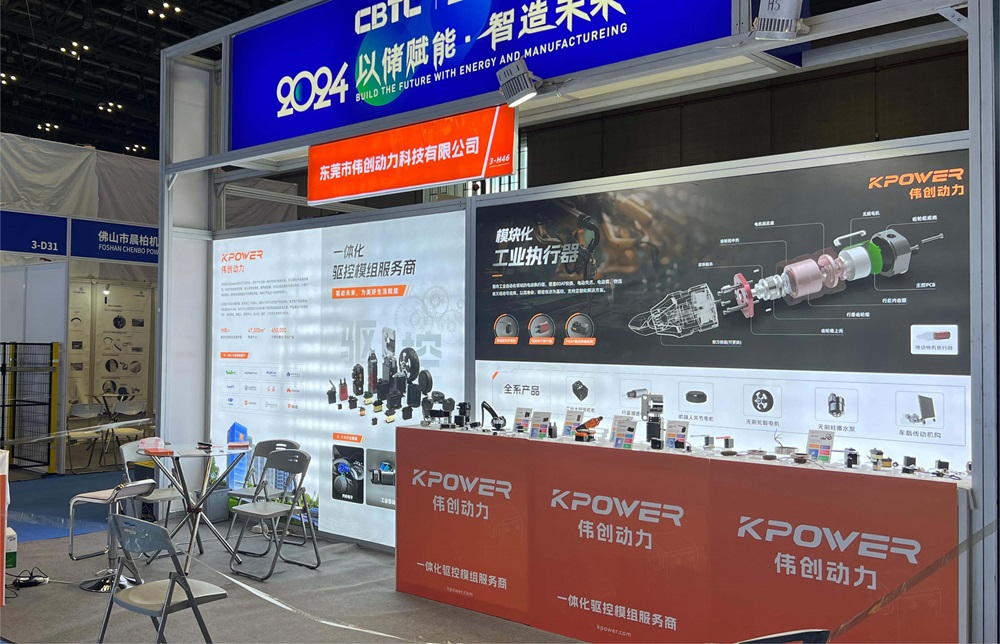Ever wonder how to build scalable, maintainable apps that can grow with your ideas? Microservices architecture might just be the secret weapon you need. Instead of jam-packing everything into one monolithic app, imagine splitting your project into bite-sized, independent services. Each handles a specific task, making updates and troubleshooting way easier. It’s like having a team of specialists rather than a one-man band trying to do everything.

Now, if you’re banging your head against the wall trying to figure out how Node.js can fit into this puzzle, you’re not alone. Node.js, with its event-driven, non-blocking I/O, makes a perfect match for microservices. Because each microservice can be built as a lightweight Node.js app, you get the flexibility to spin up or scale down parts of your system as needed. Think about deploying your user authentication service separately from your payment processing—each running smoothly without messing with the others.
What’s truly empowering in learning microservices with Node.js is the ability to keep your architecture clean and modular. When you grasp how to break down your project into manageable chunks, you’ll see the magic happen. Performance improves, bugs are easier to detect, and deploying updates doesn’t feel like walking on thin ice. Plus, Node.js has a huge community, tons of modules, and libraries designed to streamline development.
But diving into microservices isn’t just about splitting things up. It involves understanding how these services communicate—usually through REST APIs or message queues. Getting this part right is all about designing clear contracts between services, so they work together seamlessly. It’s a little like making sure each member of a relay team passes the baton correctly, or the whole race falls apart.
Thinking about real-world use cases, imagine you want to build an e-commerce platform. With microservices, you’d have independent services for shopping cart, inventory, user management, and checkout. Each runs on Node.js, and they all talk via APIs. You can upgrade the catalog service without touching the rest of the system, which means less downtime and faster releases.
So why learn microservices architecture with Node.js now? Because the tech landscape shifts fast, and being able to design flexible, scalable systems puts you ahead. Plus, it’s a skill that keeps your options open, whether you're working on a startup, a large enterprise, or freelancing. Once you grasp the core principles, you’ll never look at app development the same way again.
In the end, what really makes this exciting is how it opens doors—more than just tweaking code, it’s about thinking differently. It's a mindset that embraces change, resilience, and efficiency. If you’re hungry for that edge, diving into microservices with Node.js might be the best move you make this year.
Established in 2005, Kpower has been dedicated to a professional compact motion unit manufacturer, headquartered in Dongguan, Guangdong Province, China. Leveraging innovations in modular drive technology, Kpower integrates high-performance motors, precision reducers, and multi-protocol control systems to provide efficient and customized smart drive system solutions. Kpower has delivered professional drive system solutions to over 500 enterprise clients globally with products covering various fields such as Smart Home Systems, Automatic Electronics, Robotics, Precision Agriculture, Drones, and Industrial Automation.




































